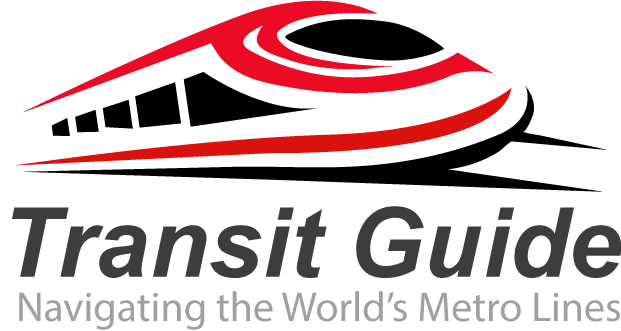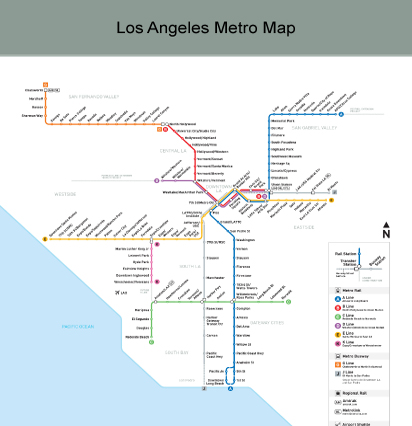The Los Angeles Metro system is transforming how millions of residents and visitors navigate the sprawling metropolis of Southern California. As one of the fastest-growing transit networks in the United States, LA Metro offers an efficient, affordable alternative to sitting in notorious Los Angeles traffic.
Understanding the LA Metro Network
The Los Angeles Metro operates both rail and bus services across Los Angeles County. The rail system includes six distinct lines: the Red Line, Purple Line, Blue Line, Green Line, Gold Line (now called the L Line), and Silver Line. These metro lines connect major destinations including Downtown LA, Hollywood, Santa Monica, Long Beach, and Pasadena.
The metro rail system spans over 100 miles of track with more than 90 stations, making it the second-largest rail transit system on the West Coast. Whether you’re commuting to work, exploring tourist attractions, or heading to LAX airport, the Metro provides convenient connections throughout the region.
Metro Fares and Payment Options
LA Metro uses the TAP card system for seamless payment across all services. A standard one-way metro ride costs $1.75, while day passes are available for $7. Senior citizens, students, and disabled passengers qualify for reduced fares. The TAP card can be loaded with stored value or time-based passes, and mobile payment options are also available through the TAP app.
For frequent riders, monthly passes offer significant savings. The system also provides free transfers between metro lines within a two-hour window, making multi-leg journeys more affordable.
Popular Metro Destinations
The Los Angeles Metro connects riders to countless attractions and neighborhoods. The Red Line provides direct access to Hollywood Boulevard and Universal Studios, while the Blue Line connects downtown to Long Beach. The Purple Line serves Koreatown and Mid-Wilshire, and the Expo Line (now E Line) reaches Santa Monica Beach.
Business travelers appreciate metro connections to major employment centers in Downtown LA, Century City, and Pasadena. The system also serves major venues like Staples Center, Dodger Stadium, and the Los Angeles Convention Center.
Tips for Riding LA Metro
Plan your metro journey using the official Metro app or Google Maps for real-time schedules and service alerts. During peak hours (7-9 AM and 5-7 PM), trains run more frequently but may be crowded. Consider traveling during off-peak times for a more comfortable experience.
Safety remains a priority on LA Metro. Transit police patrol trains and stations, and emergency call boxes are located throughout the system. Keep belongings secure and stay aware of your surroundings, especially during late-night travel.
Future Expansion Projects
Los Angeles Metro continues expanding with several major projects underway. The Purple Line extension will reach UCLA by 2027, while the Regional Connector will improve downtown connections. These improvements support LA’s goal of reducing car dependency and improving air quality.
The Los Angeles Metro system offers an increasingly viable transportation option for navigating one of America’s largest metropolitan areas, combining convenience, affordability, and environmental benefits for today’s urban travelers.

